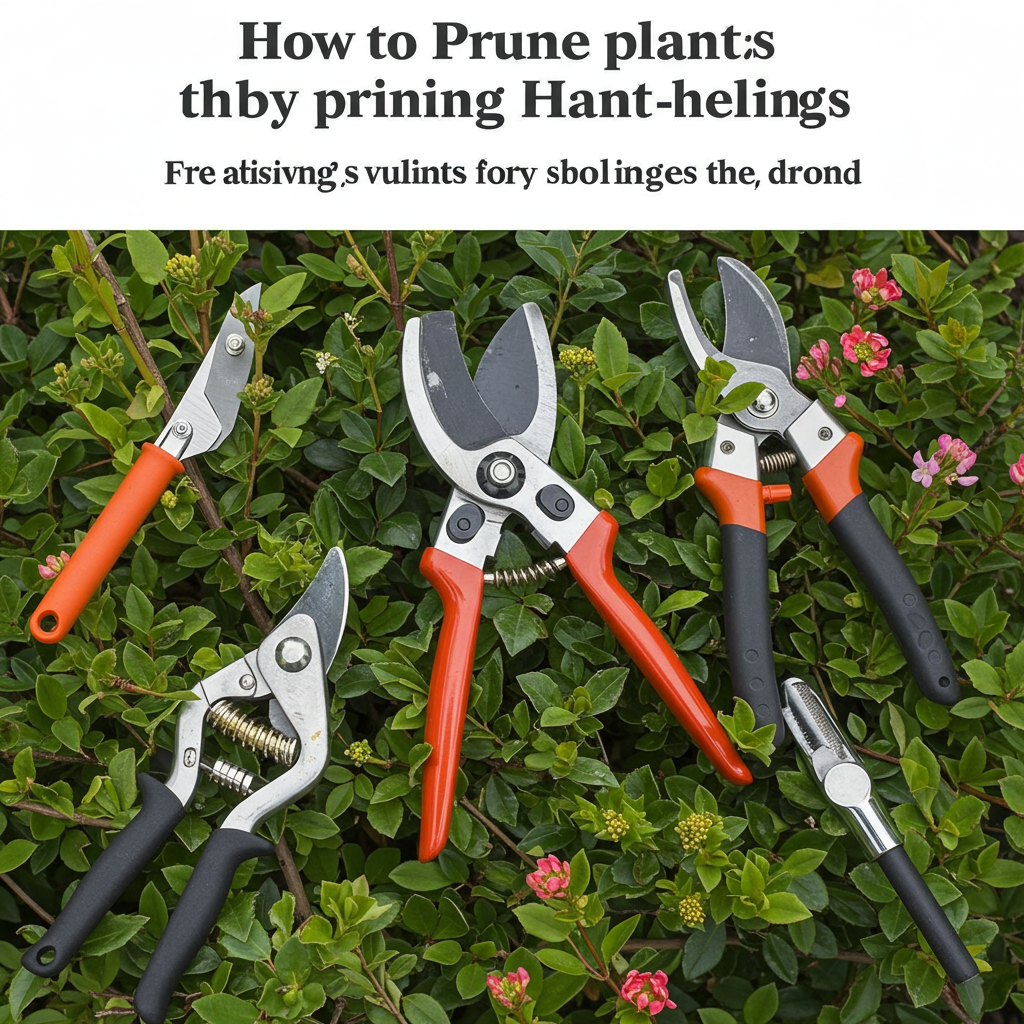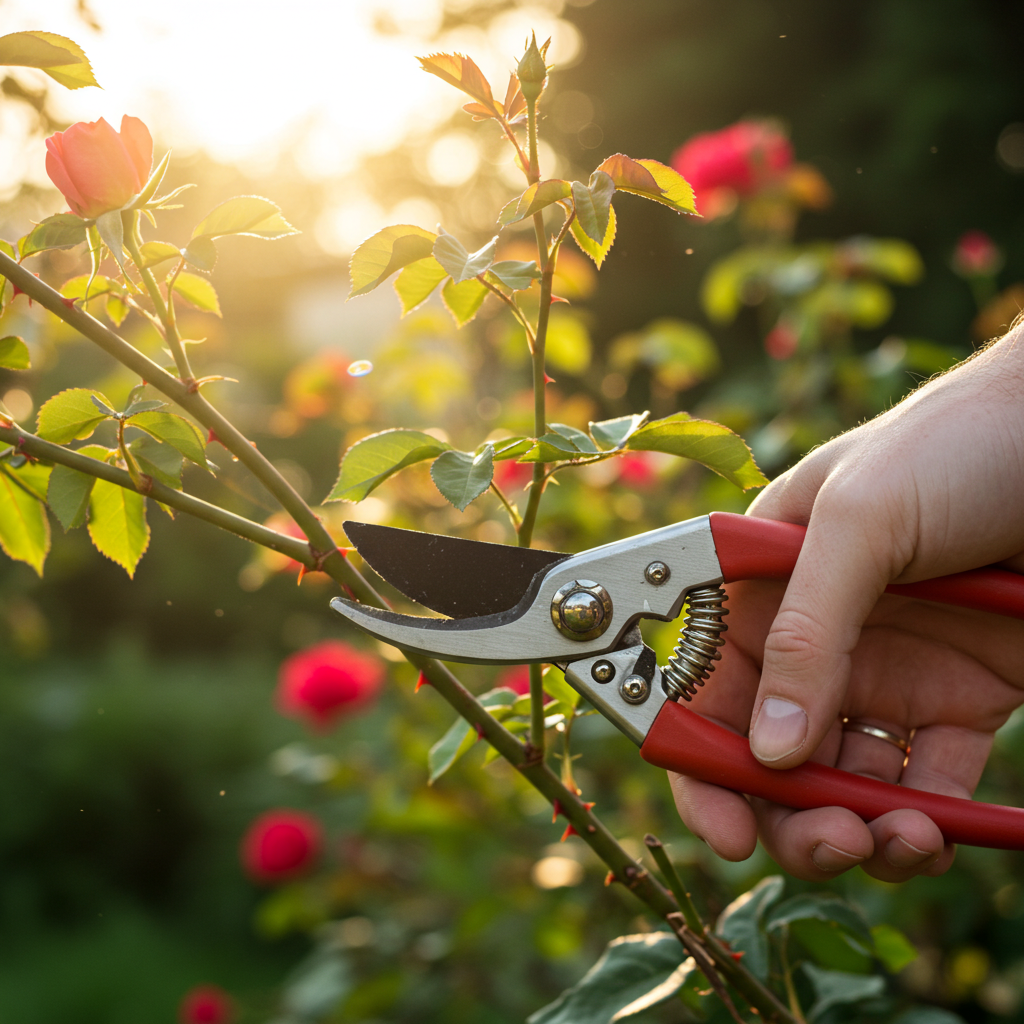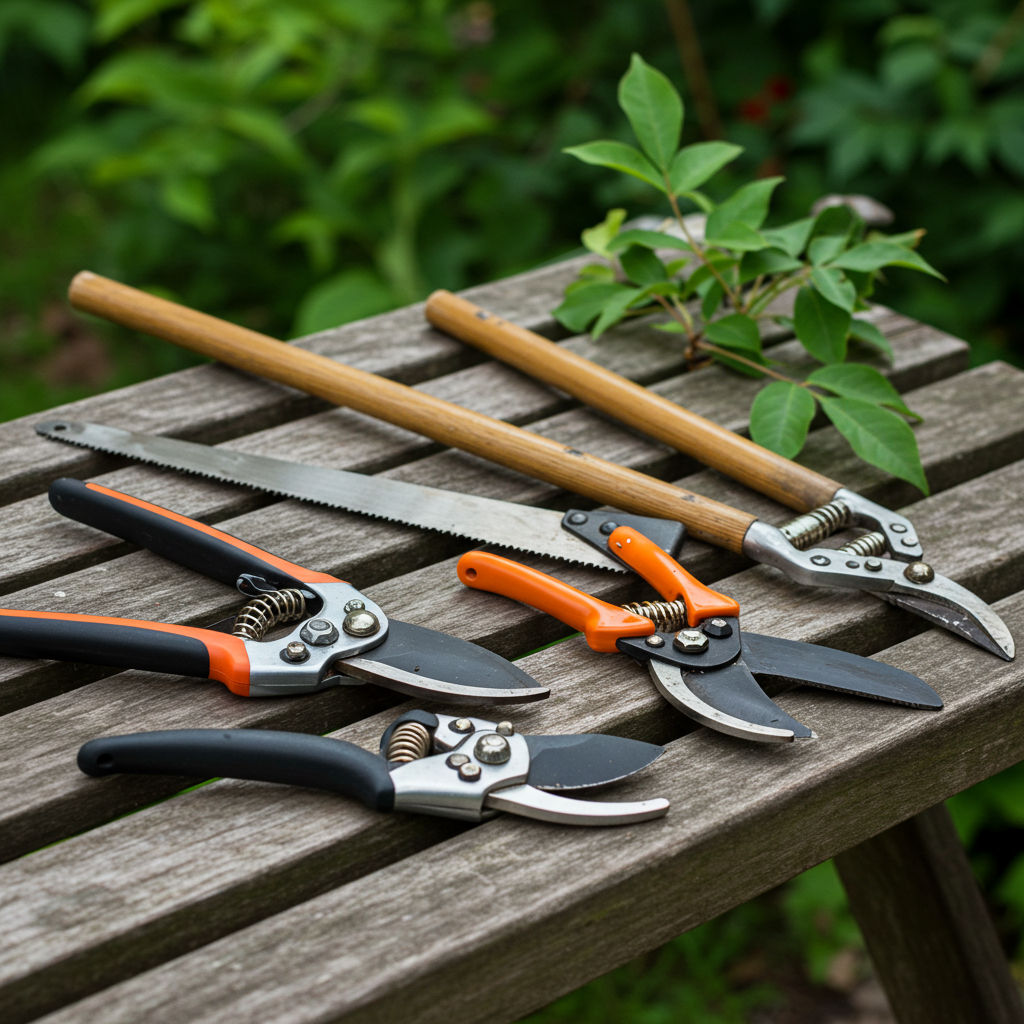Want to transform your garden into a thriving paradise? Learning how to prune plants effectively is one of the most impactful skills a gardener can master. Far from just a cosmetic chore, proper plant pruning techniques are vital for promoting vigorous growth, encouraging an abundance of blooms, and maintaining the overall health and shape of your beloved greenery. This guide will walk you through everything you need to know, from the basic cuts to advanced strategies, ensuring your plants reach their full potential.
Benefits of Pruning Plants
Pruning offers a multitude of advantages that go beyond just making your plants look tidy. When done correctly, it’s a powerful tool for plant care and enhancement:
- How to encourage plant growth: Removing old, weak, or diseased branches redirects the plant’s energy to healthier parts, stimulating new, stronger growth.
- Pruning for more flowers: Many flowering plants benefit from specific pruning methods, like deadheading, which encourages the production of more blooms.
- Improved plant health: Pruning helps remove dead or diseased wood, preventing the spread of pathogens and improving air circulation, which reduces fungal issues.
- Shaping plants through pruning: You can guide the plant’s form, maintain desired sizes, and create beautiful, manicured shapes, perfect for shrub pruning tips.
- Revive plants with pruning: Overgrown or struggling plants can often be rejuvenated by strategic pruning, giving them a new lease on life.
When to Prune Plants: Timing is Everything
One of the most crucial aspects of effective pruning is timing. When to prune plants depends largely on the type of plant and its flowering habit. General guidelines include:
- Deciduous Shrubs and Trees (winter/early spring): For most plants that flower on new wood (growth produced in the current season), pruning in late winter or early spring, before new growth begins, is ideal. This includes roses, hydrangeas, and fruit trees.
- Spring-Flowering Shrubs (after flowering): Plants that bloom on old wood (growth from the previous season), such as lilacs, forsythias, and rhododendrons, should be pruned immediately after they finish flowering. Pruning them too early in the season would remove the flower buds.
- Evergreens (late winter/early spring or early summer): Light shaping of evergreens can be done in late winter/early spring before new growth, or in early summer after new growth has hardened off.
- Perennials and Annuals (throughout the season): Many perennial and annual plants benefit from continuous deadheading and light shaping throughout their growing season.
Essential Pruning Techniques for Maximum Results
Mastering proper plant pruning techniques involves understanding the different types of cuts and their purpose. Here are the fundamental pruning cuts explained:
1. Thinning Cuts
- Purpose: To reduce the density of the plant, remove crossing branches, or eliminate weak stems right back to their origin point or a main stem.
- Method: Cut a branch back to a main stem, a lateral branch, or the ground. This opens up the plant to air and light, promoting healthier growth throughout.
2. Heading Cuts
- Purpose: To encourage branching, create a bushier plant, or reduce the length of a stem. This is key for how to trim plants for bushiness.
- Method: Cut back a stem to an outward-facing bud or a lateral branch. This stimulates the buds below the cut to grow, leading to a denser plant.
3. Deadheading Flowers Guide
- Purpose: To remove spent flowers, preventing seed production and encouraging the plant to put energy into producing more blooms, prolonging the flowering season.
- Method: Snip off the faded flower head just above the first set of healthy leaves or a lateral bud. This is especially effective for pruning for more flowers in annuals and many perennials.
4. Removing Dead, Diseased, or Damaged Wood
- Purpose: To maintain plant health and prevent the spread of disease.
- Method: Always remove dead or diseased wood as soon as it’s noticed, making a clean cut into healthy tissue. Disinfect your tools after pruning diseased parts.
Pruning Perennial Plants and Annual Plants
- Perennials: Many pruning perennial plants involve deadheading and cutting back foliage in late fall or early spring. Some, like peonies, benefit from light shaping throughout the season. Others, like lavender, need a more significant cut back after flowering.
- Annuals: For pruning annual plants, the focus is primarily on deadheading to encourage continuous blooming and light shaping to maintain a compact form. This falls under general plant trimming methods to keep them looking their best and producing more flowers.
Best Pruning Tools for the Job
Having the best pruning tools makes the task easier, safer, and more effective for your plants. Always ensure your tools are sharp and clean to make precise cuts and prevent the spread of disease.
- Hand Pruners (Bypass vs. Anvil):
- Bypass Pruners: Ideal for making clean cuts on live branches up to 3/4 inch thick. They act like scissors, with blades that bypass each other, making them perfect for delicate plants. This is the go-to for most of your general pruning.
- Anvil Pruners: Have a sharp blade that closes onto a flat anvil. Best for dead or woody stems, but can crush live stems.
- Loppers: For thicker branches, typically up to 1 1/2 inches in diameter. Their long handles provide leverage for easier cutting.
- Pruning Saws: Essential for branches larger than 1 1/2 inches. Available in various designs, including folding and bow saws.
- Hedge Shears: Designed for shaping hedges and shrubs, not for precise pruning cuts on individual branches.
Remember to regularly clean and sharpen your tools for optimal performance. Explore other 12 Must-Have Plants for a Beautiful Shady Garden and more general care tips to complement your pruning efforts.
Conclusion
Mastering how to prune plants is an ongoing journey that will yield incredible rewards in your garden. By understanding the ‘why,’ ‘when,’ and ‘how’ of pruning, you can transform leggy, sparse plants into vigorous, bloom-filled specimens. Embrace these plant trimming methods, invest in quality tools, and watch your garden flourish with maximum growth and spectacular blooms. Happy pruning!
Frequently Asked Questions
When is the best time to prune my plants?
The best time largely depends on the plant type. For most plants that flower on new wood, prune in late winter or early spring before new growth starts. For spring-flowering plants that bloom on old wood, prune immediately after they finish flowering.
How does pruning encourage plant growth and more flowers?
Pruning encourages plant growth by removing old, weak, or diseased branches, which redirects the plant’s energy to healthier parts. This stimulates new, stronger growth and can also promote more flowers by removing spent blooms (deadheading).
What are the essential tools for proper plant pruning?
You should use bypass pruners for most live cuts on branches up to 3/4 inch thick. For thicker branches (up to 1.5 inches), use loppers. For anything larger, a pruning saw is necessary. Always ensure your tools are sharp and clean.
Can pruning help revive an old or struggling plant?
Yes, pruning can absolutely revive a struggling plant. By removing dead or diseased wood, improving air circulation, and redirecting energy, strategic pruning can stimulate new, healthy growth and rejuvenate an overgrown or neglected plant.


